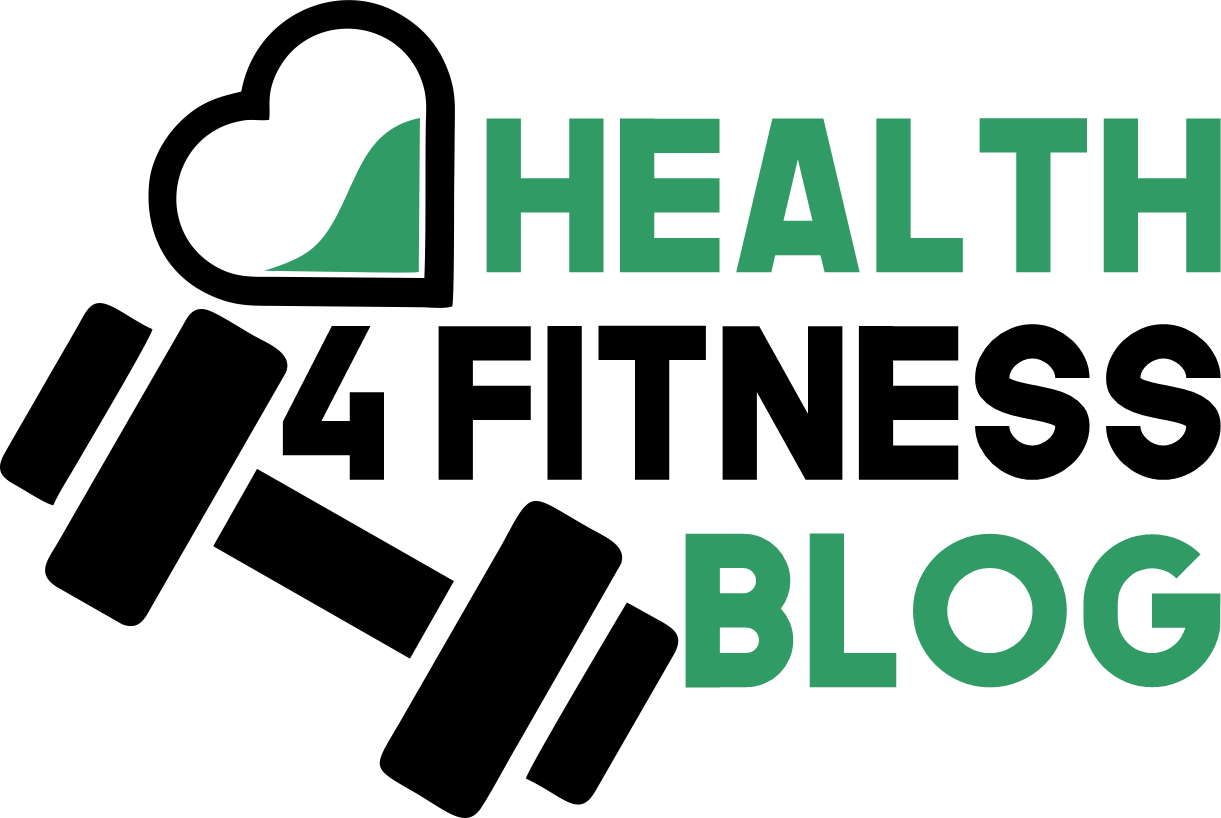Engaging in regular physical activity does more than just improve our day-to-day vitality, helping us better engage in activities like playing with children or managing household chores. It is also a powerful tool for boosting our immune system, making it essential for overall health and well-being.
Table of Contents
Historical Perspective
The connection between physical fitness and immune function has been explored since the early 20th century. Early studies focused on how exercise-induced changes affect immune cell activities. Over time, research has expanded to include the impact of nutrition, aging, and inflammatory cytokines on immune health.
Exercise and Immune Function
Engaging in moderate exercise can improve immune system functioning by:
-
Enhancing circulation: Physical activity increases the movement of white blood cells and antibodies, aiding in the detection and neutralization of pathogens.
-
Elevating body temperature: Exercise-induced heat can inhibit the growth of certain bacteria and viruses, similar to the body’s response during fever.
-
Reducing stress hormones: Regular physical activity helps lower levels of cortisol, a hormone that, when elevated, can suppress immune function.
Additional Health Benefits
Incorporating a variety of exercises—such as strength training, flexibility exercises, and aerobic activities—can lead to:
-
Improved daily functioning: Enhanced physical fitness makes it easier to perform everyday tasks and engage in recreational activities.
-
Disease prevention: Regular exercise can help you stay physically healthy by strengthening the body, making it more resilient against illnesses and reducing the need for medications.
-
Better posture and reduced pain: Activities like yoga and Pilates can correct poor posture and alleviate back pain associated with sedentary lifestyles.
-
Anti-aging effects: Combined with adequate rest, balanced nutrition, and stress management, regular exercise contributes to healthy aging.
Age-Appropriate Exercise Patterns
Exercise routines should be tailored to an individual’s age, development, and capabilities:
-
Youth: Emphasis on high-intensity, short-duration exercises that build strength and cardiovascular health, while also incorporating flexibility and mobility training.
-
Adults: Focus on moderate-intensity endurance exercises, strength training to combat muscle mass loss, and maintaining flexibility and mobility.
-
Older Adults: Prioritize strength exercises to counteract sarcopenia (age-related muscle loss), along with flexibility and mobility training. Cardiovascular exercises should be moderate to accommodate reduced capacity for high-intensity activities.
Exercising at Home
It’s entirely feasible to engage in effective workouts at home. Simple activities like walking around your home can be beneficial.
For instance, a study published in The Journal of the American Medical Association found that individuals who took 8,000 steps daily had a 51% lower risk of mortality compared to those who took only 4,000 steps. Those who achieved 12,000 steps had a 65% lower risk.
Importance of Moderation and Supervision
It’s essential to approach exercise with moderation and proper guidance:
-
Avoid overexertion: Intense exercise without adequate recovery can weaken the immune system and increase the risk of injury.
-
Seek professional guidance: Consulting with a fitness expert ensures exercises are performed correctly and safely, minimizing the risk of musculoskeletal issues.
In summary, regular, moderate exercise, tailored to individual needs and abilities, is a cornerstone of a healthy immune system and overall well-being.
Conclusion
In conclusion, regular moderate exercise is strongly supported by scientific evidence as an effective way to strengthen the immune system, reduce disease risk, and promote overall well‑being.
For example, a recent narrative review of 24 studies found that aerobic and mind‑body exercises consistently reduced pro‑inflammatory cytokines (such as IL‑6 and TNF‑α) and increased anti‑inflammatory markers (including IL‑10), demonstrating immunoprotective effects particularly in older adults and those with chronic conditions.
Disclaimer
This article is for informational purposes only and is not a substitute for professional medical advice. Always consult with a healthcare provider before starting any new exercise program, especially if you have existing health conditions or concerns.
